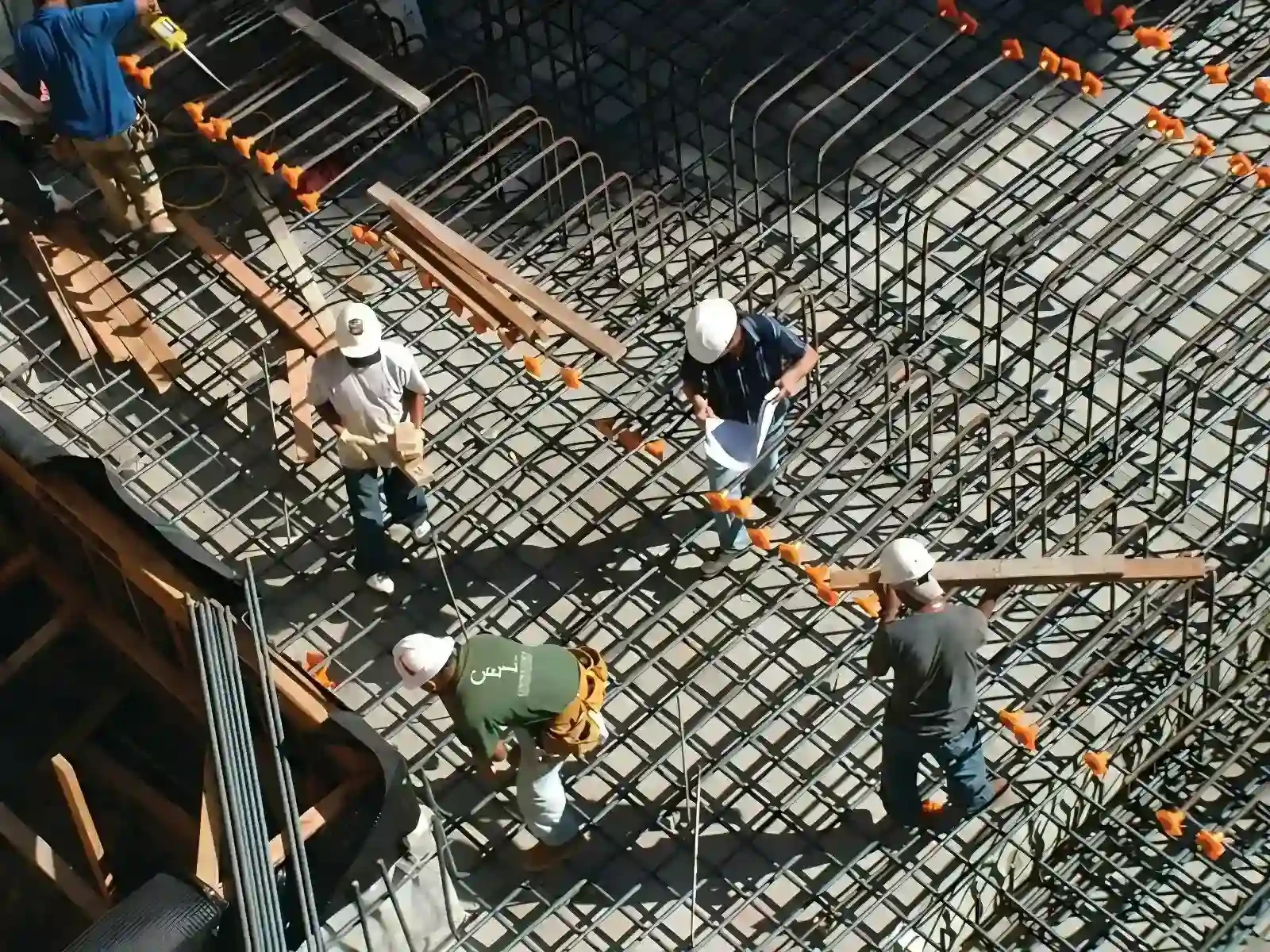Dec . 05, 2024 03:46 Back to list
Different Types of Fencing for Livestock Management and Protection
Types of Livestock Fencing A Comprehensive Guide
When it comes to managing farmland and livestock, one of the most crucial aspects is ensuring that your animals are safely contained while also protecting your property. Livestock fencing serves as a barrier to keep animals within designated areas and to prevent potential breaches from predators or unwanted intruders. With various types of livestock fencing available, choosing the right one can make a significant difference in both functionality and cost-effectiveness. This article explores the different types of livestock fencing, highlighting their advantages and disadvantages, to help you make an informed decision.
1. Wood Fencing
Wood fencing has long been a popular choice for livestock because of its aesthetic appeal and durability. Commonly used types include post-and-rail and board fencing. Wood fencing provides a sturdy barrier, making it suitable for larger animals such as cattle and horses.
Advantages - Aesthetic Appeal Wood fences have a classic look that can enhance the landscape. - Durability With proper maintenance, wood fences can last for many years.
Disadvantages - Cost Wood fencing can be more expensive than other types. - Maintenance Regular sealing and painting are required to prevent rotting and weather damage.
2. Barbed Wire Fencing
Barbed wire fencing is one of the most economical and widely used fencing options for livestock. It consists of several strands of wire, typically with barbs spaced evenly along them, creating a tight barrier.
Advantages - Cost-Effective Barbed wire fencing is among the most affordable options available. - Effectiveness It is effective at containing medium and large livestock and deterring predators.
Disadvantages - Safety Risks Barbed wire can be dangerous for animals, especially if they get entangled. - Aesthetics It is not visually appealing and can detract from the landscape.
Electric fencing has gained popularity due to its effectiveness in controlling livestock. This type of fence uses electricity to deter animals from crossing the barrier. Electric fencing can be temporary or permanent and is flexible enough to accommodate various farm sizes.
types of livestock fencing

Advantages - Flexibility Can be installed temporarily for rotational grazing or used permanently. - Cost Efficiency Generally lower initial costs than traditional fencing methods.
Disadvantages - Power Dependency Requires a power source, making it less reliable in remote areas. - Animal Training Animals may need to be trained to respect the electric barrier.
4. Chain Link Fencing
Chain link fencing is commonly used for smaller livestock or as a barrier to protect gardens and orchards. It consists of woven wire and offers visibility while maintaining security.
Advantages - Visibility Allows visibility while keeping animals contained. - Durability Resistant to weather and does not require frequent repairs.
Disadvantages - Cost Generally more expensive than barbed wire. - Limited Use Less effective for larger animals, as they may push against the fence.
5. Vinyl Fencing
Vinyl fencing is a less common but increasingly popular option for livestock containment. Made from polyvinyl chloride (PVC), this fencing offers an attractive alternative to traditional materials.
Advantages - Low Maintenance Doesn’t require painting or sealing and is resistant to weather elements. - Safety Smooth surfaces reduce the risk of injury to livestock.
Disadvantages - Cost Generally more expensive upfront than wood or barbed wire. - Durability Concerns May not be as strong as wood or metal options for larger animals.
Conclusion
Choosing the right type of livestock fencing is essential for successful farm management. Each option comes with its own set of advantages and disadvantages, which makes it important to consider your specific needs, budget, and the type of livestock you are managing. Whether you opt for the traditional appeal of wood, the cost-effectiveness of barbed wire, the innovation of electric fencing, or the modernity of vinyl, ensuring that your livestock is secure and your land is protected should always be a top priority. By carefully evaluating these factors, you can select the fencing solution that best meets your agricultural needs.
-
Reinforcing Mesh: Core Material of the Construction Industry
NewsJul.07,2025
-
Welded Wire Fabric Reinvented for Modern Projects
NewsJul.04,2025
-
Superiority of Stainless Steel Woven Mesh
NewsJul.04,2025
-
Key Types of Razor Wire and Their Applications
NewsJul.04,2025
-
Durable Metal Fence Types for Security
NewsJul.04,2025
-
Best Materials for Livestock Fence
NewsJul.04,2025
products.







